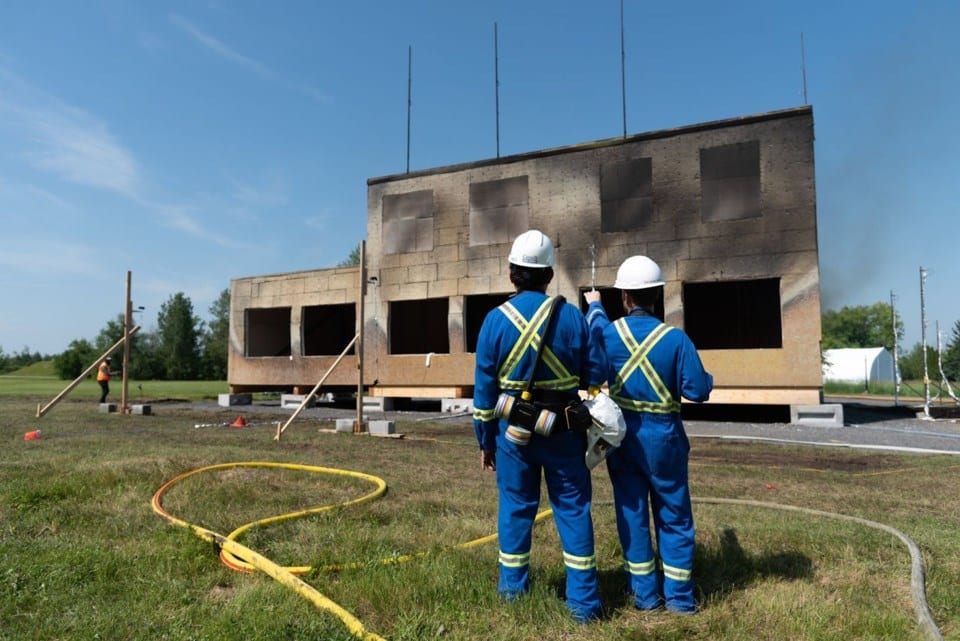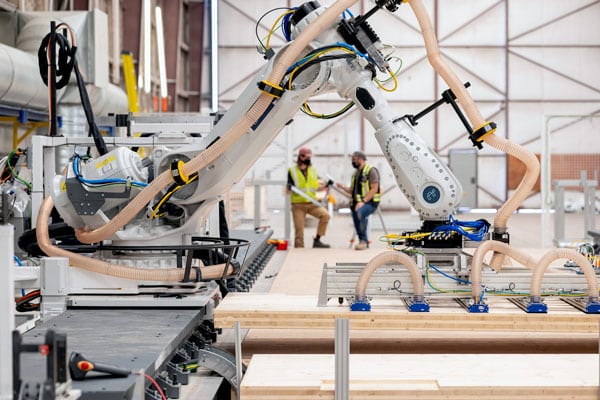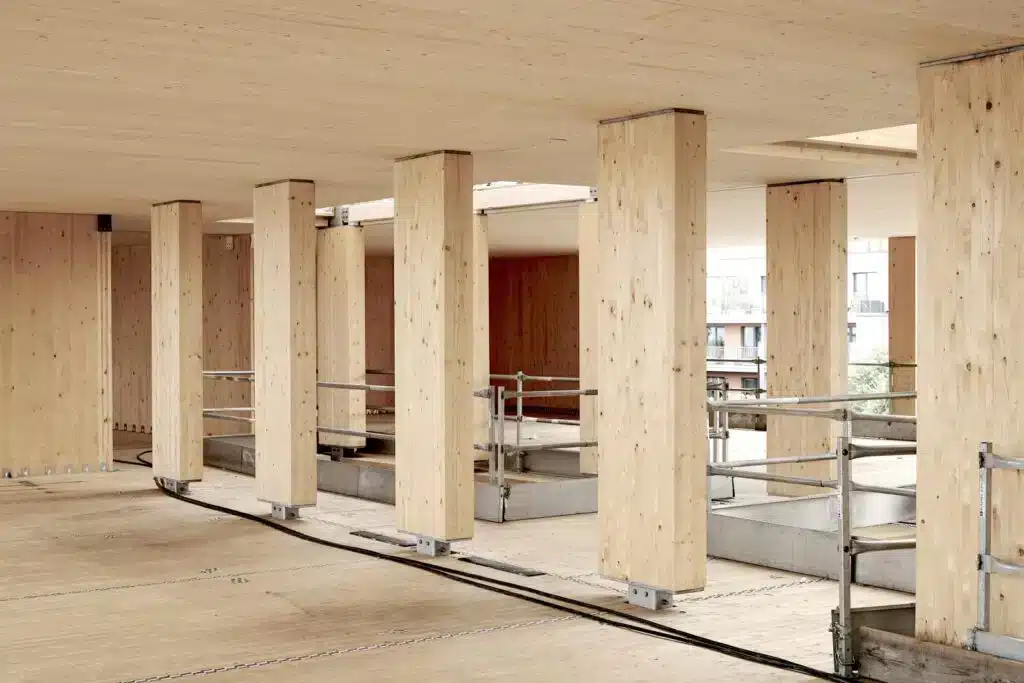Global insurers are scrambling to introduce new policies to meet the demand for timber-based mid-rise and high-rise buildings, with developers looking at mass timber thanks to its increasing price competitiveness, speed of construction, and prefabrication and assembly systems.
It comes as risk managers and brokers are now working with the industry to develop “tailor-made” policies to help drive the adoption of new construction systems and technologies.
That is, according to Michael Bruch, global head of Risk Advisory Services for Allianz Commercial, who said actuaries are working on risk scenarios ahead of a tidal wave of new timber builds sweeping the market.
“In any industry, deployment of new materials or processes can result in new risk scenarios, potential defects, or unexpected safety consequences, as well as bringing benefits, and mass timber is no different,” Mr Brunch said, who added that Allianz’s new mass timber report, the first of its kind, addresses many of these scenarios.
“The good news…is that you can manage these risks,” Bruch said, adding that fire and natural disasters are among the top risks for the insurers underwriting new assets.

Fire is the most expensive cause of all construction and engineering insurance losses, accounting for more than a quarter (27%) of the value of 22,000 claims analysed by Allianz Commercial over a five-year period.
“Natural catastrophe risks like hurricanes and gale-force winds can potentially affect beams, columns and panels,” Mr Brunch said, “but mass timber is really strong.”
“Mass timber buildings weigh approximately only one-third of comparable concrete structures, and they have the highest strength-to-weight ratio, which enables mass timber to perform very well during seismic activity.”
According to the report, fire is the number one risk for developers looking to embrace mass timber construction systems, with Allianz reporting that “fire is the most expensive cause of all construction/engineering insurance losses.. accounting for more than a quarter (27%) of the value of 22,000 claims analysed by Allianz Commercial over a five-year period.”
While Allianz acknowledges that more research and testing are required to evaluate the performance of structural elements during fire events, Mr Brunch said that proactive measures such as designing for fire resistance, using flame-retardant materials, and following proper construction practices are vital to mitigating risks.
However, it’s in manufacturing and production— with timber companies now investing in fabrication to close the gap in housing supply and labour shortages, which is the greatest opportunity for collaboration.

In October, Wood Central reported that global governments had “zero chance” of meeting ambitious housing targets without significant investment in modular and prefabrication construction – with builders using design for manufacturing and assembly (DFMA) to produce and assemble custom cut walls, ceilings and panels into place.
“This means thorough logistical planning and management of building materials are essential to avoid costly project delays,” Mr Bruch said.
Insurers have quoted mass timber projects with 800% higher premiums.
Until now, insurance and lack of financial incentives have been obstacles to timber adoption in mid-rise and high-rise construction.
Last year, Architects Journal reported that insurers’ nervousness over timber in construction has led some brokers to quote mass timber projects up to 800% higher than traditional steel and concrete projects.

According to Alastair Ogle, the Mass Timber Insurance Playbook author, the industry must “improve baseline knowledge and discussion and help people gain relevant approvals and insurance for their timber buildings.”
“However, we’re a long way from timber becoming the go-to method of construction, which is where it should be.”






